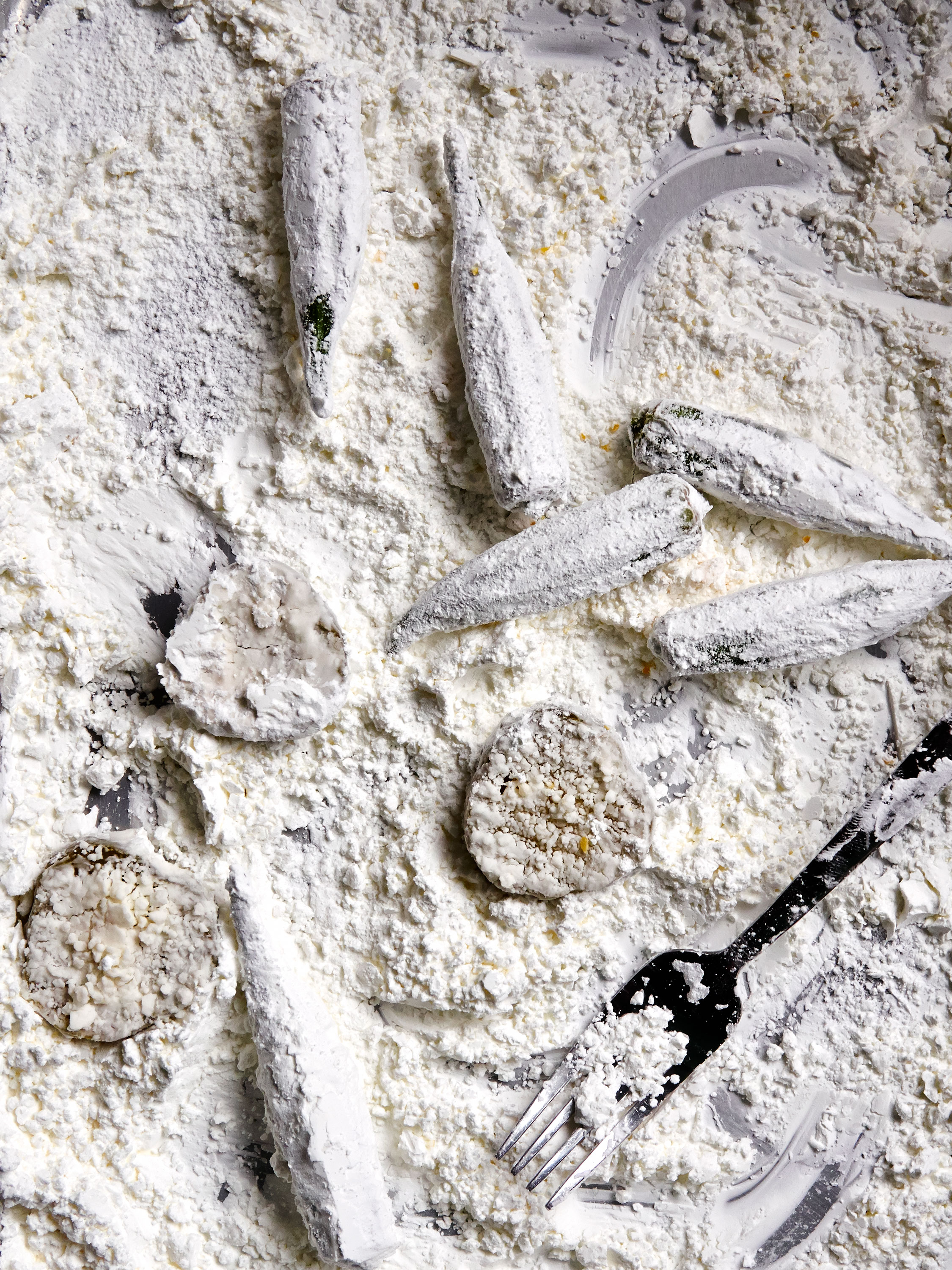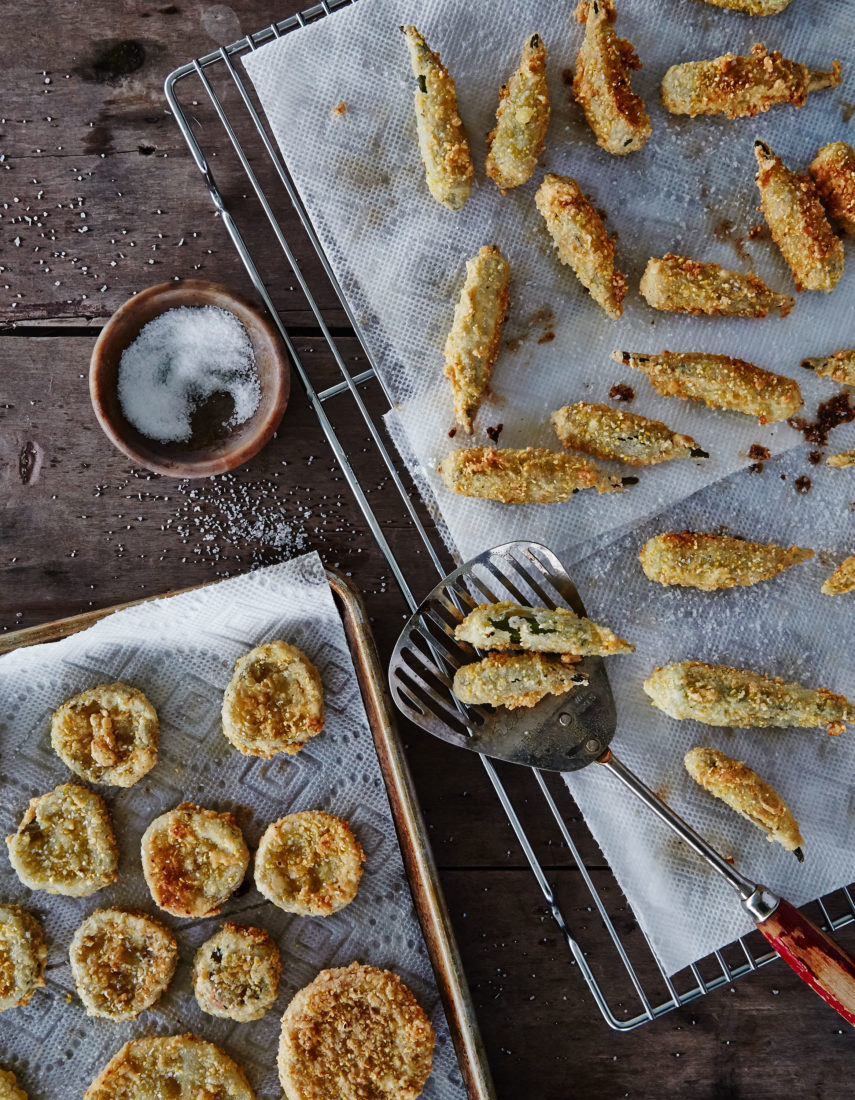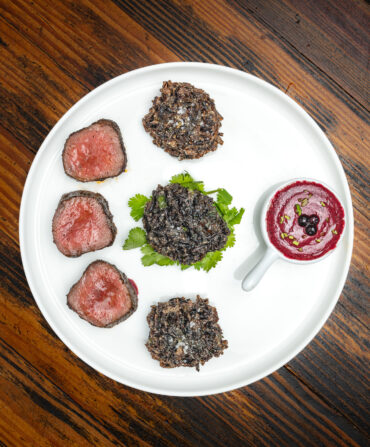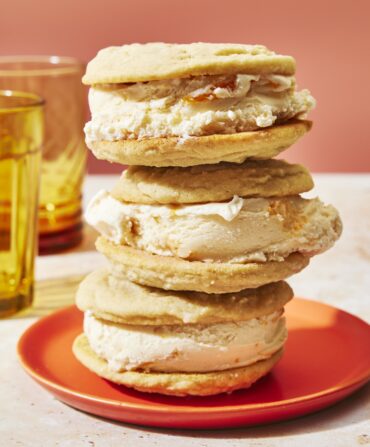Walk around any state fair and it becomes pretty clear folks will figure out how to fry just about anything. Snicker bars? Coke? Why not? But frying vegetables is more than just a stunt. It’s an act of culinary genius. (Exhibit A: the French fry.) Take something like a crisp, briny pickle or lemony green tomato, encase it in seasoned batter, then bathe it in oil until golden brown, and an already-fine food becomes even better. The trick works for less universally beloved veggies too–like okra.

Peter Frank Edwards








